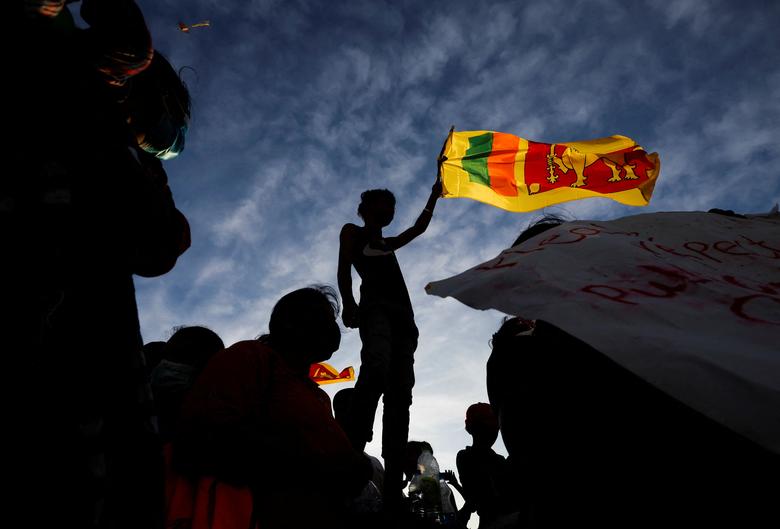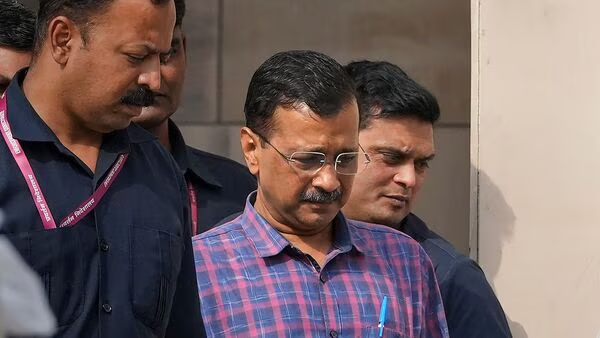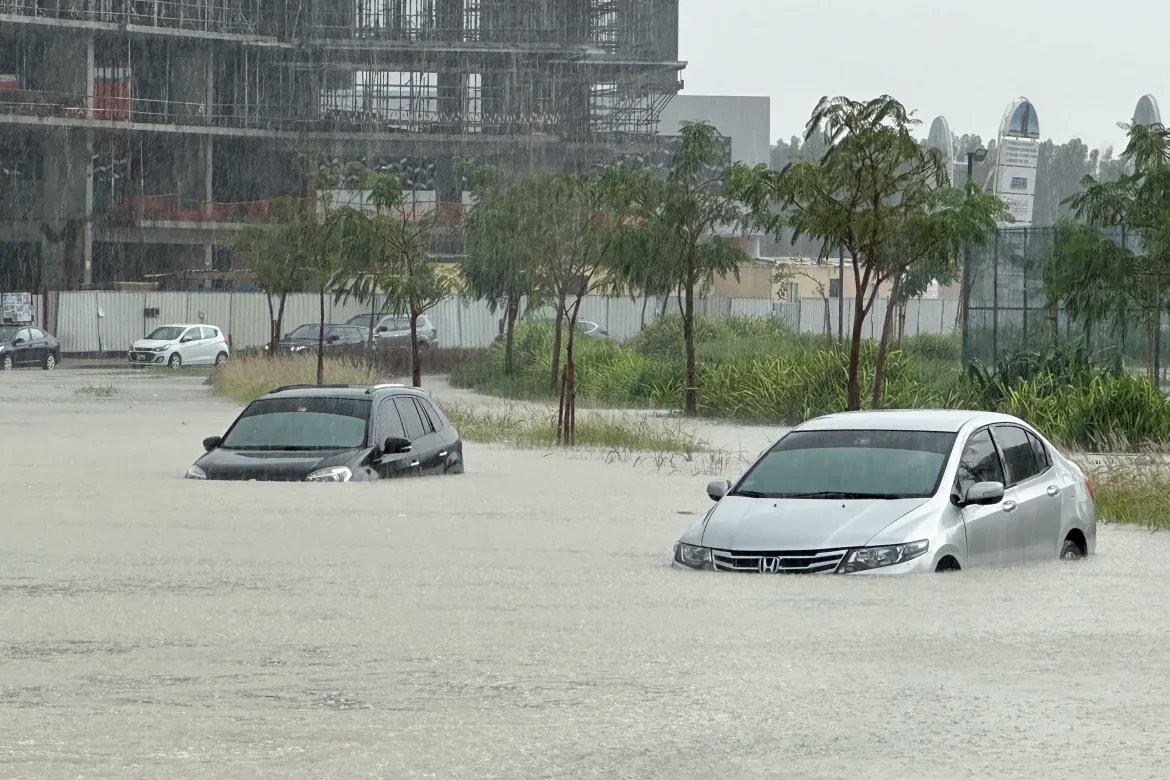Sri Lanka’s recent history has been shaped by the Aragalaya movement, a people’s uprising that captured global attention. The protest, fuelled by economic collapse, corruption, and political dysfunction, forced the resignation of then-President Gotabaya Rajapaksa. But as the country prepares for its first election since this monumental movement, the question looms—will it lead to lasting change?
The rise of Aragalaya
The Aragalaya Movement, or “struggle,” erupted in 2022 when Sri Lanka’s economy hit rock bottom. Inflation soared over 60 per cent, and essential goods like fuel, food, and medicine became scarce. The economic disaster was largely blamed on the mismanagement by the Rajapaksa family, who had dominated the country’s politics for years. The people had had enough, and the protests cut across ethnic, religious, and class lines—this wasn’t just a movement; it was a revolution in the making.
Thousands of people occupied public spaces, demanding the resignation of Gotabaya Rajapaksa, who fled the country amid the protests. This was more than just a change in leadership—it was a collective outcry against decades of corruption, nepotism, and mismanagement. The Aragalaya became a symbol of unity and resistance, a rare moment in Sri Lankan history where people from all walks of life came together with one voice.
Read more: Jammu & Kashmir elections 2024
What has changed?
Fast forward to 2024, and Sri Lanka is gearing up for its first major elections post-Aragalaya. While the resignation of Rajapaksa marked a significant shift, many of the underlying issues remain unresolved. The country is still grappling with a staggering $50 billion debt, soaring unemployment, and an economy that shrank by 3.5 per cent in 2022.
The Aragalaya gave rise to new hopes for political reform, but the real question is whether the upcoming elections will reflect the spirit of the movement or if the country will revert to its old ways of power, corruption, and nepotism. The people’s desire for accountability and transparency hasn’t faded, but the road ahead is steep.
A nation in debt: China and India’s role
Sri Lanka’s economic troubles aren’t just homegrown. The island nation has long been caught in a geopolitical tug-of-war between India and China. While India has shared cultural, religious, and economic ties with Sri Lanka for centuries, China’s influence has been growing through massive infrastructure projects, notably under its Belt and Road Initiative (BRI). Projects like the Hambantota Port have drawn criticism, with many calling them “debt traps” designed to entangle developing nations in a cycle of dependency.
Balancing relationships with both India and China will be a key challenge for Sri Lanka’s new government. India has stepped in with financial aid and development projects, but China’s economic influence looms large. Whoever comes into power will need to navigate this delicate balancing act if Sri Lanka is to regain economic stability.
Can the Aragalaya deliver change?
The upcoming September 2024 elections are a crucial test for Sri Lanka. The big question is whether the demands of the Aragalaya—transparency, accountability, and an end to corruption—will be reflected in the results. Will new, reform-minded candidates emerge, or will the same old political families and figures dominate the scene once again?
The younger generation, who played a significant role in the protests, is particularly disillusioned with traditional politics. Many are demanding real solutions, not just rhetoric, to address Sri Lanka’s spiralling economic and social issues. With unemployment rates rising and inflation still a concern, the new government will have to make tough choices to get the country back on track.
Corruption remains a persistent problem
One of the main issues that fuelled the Aragalaya was corruption, and it continues to be a thorn in Sri Lanka’s side. The Rajapaksa family, in particular, has been accused of turning the government into a personal business venture. While their grip on power has loosened, corruption is deeply embedded in Sri Lanka’s political system. For true change to happen, the next government will need to tackle this head-on—something easier said than done.
Politics over Tamil identity
Another unresolved issue is the long-standing grievances of the Tamil minority. The 13th Amendment, which was meant to devolve power to the provinces, has never been fully implemented, and the Tamil community continues to feel marginalised. The Aragalaya was about more than just economic hardship—it was also about demanding fairness and representation for all. If these issues are not addressed, lasting peace and stability will remain out of reach for Sri Lanka.
Sri Lanka is at a crossroads, and the upcoming election will be a defining moment for the country’s future. The protests may have shaken the political system, but it’s unclear whether it will lead to meaningful reform. The people are watching, the world is watching, and the stakes couldn’t be higher.
Sri Lanka needs more than just a change in leadership; it needs a change in the way politics is done. The new government will have to rebuild trust, stabilise the economy, and address the grievances of its people. Failure to do so could result in another wave of unrest, but success could pave the way for a brighter, more inclusive future.
As Sri Lanka heads towards its elections, the echoes of the Aragalaya still resonate across the island. The movement was more than just a protest—it was a wake-up call. The people have spoken, and they will speak again at the ballot box. The world is watching to see if Sri Lanka can break free from its troubled past and move towards a future that is just, fair, and prosperous. Will this be the turning point the island nation desperately needs, or will history repeat itself? Only time will tell.




